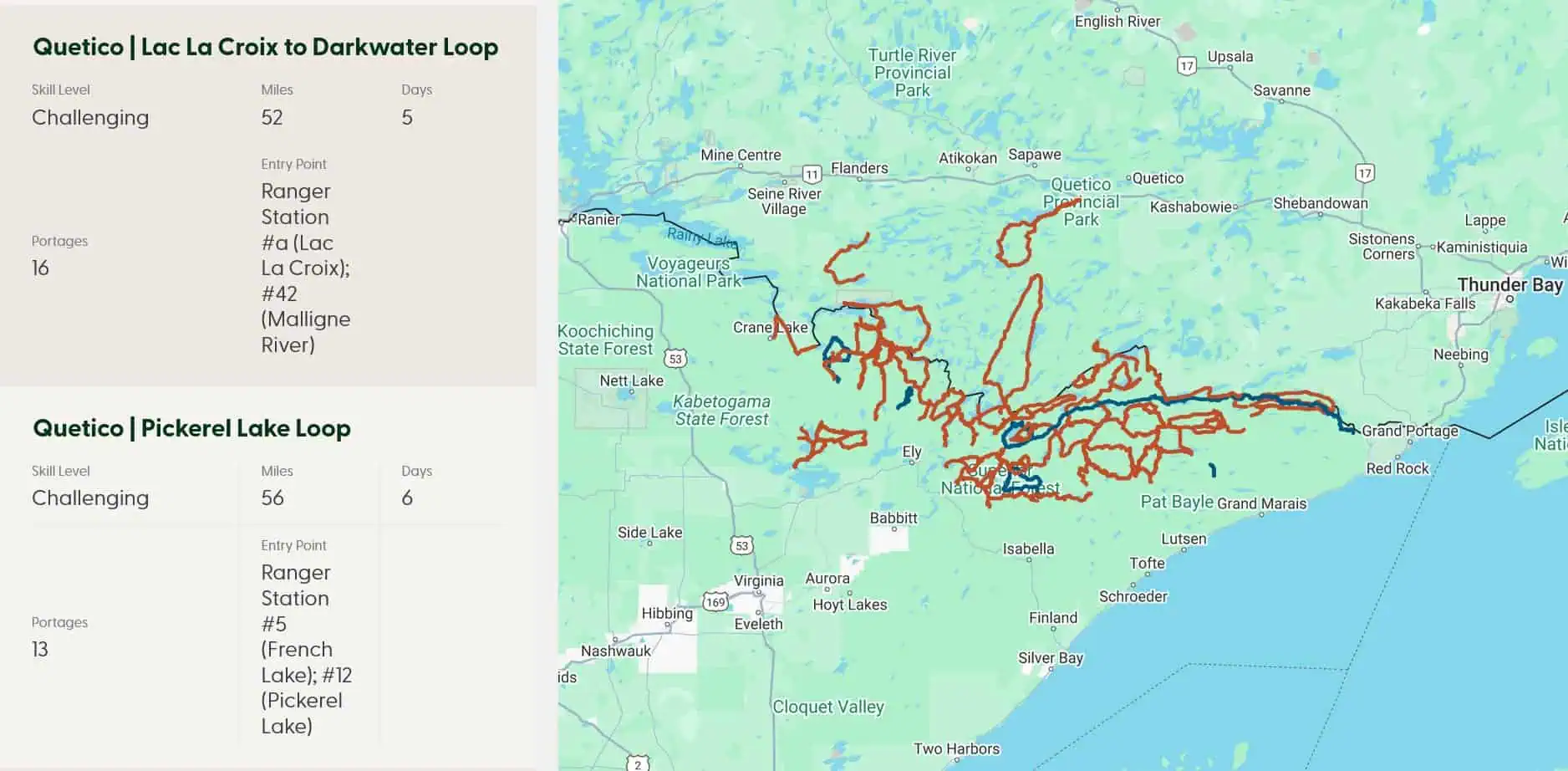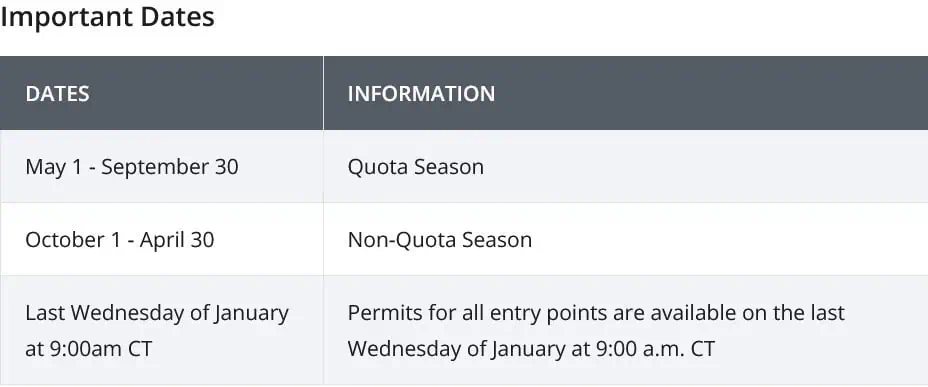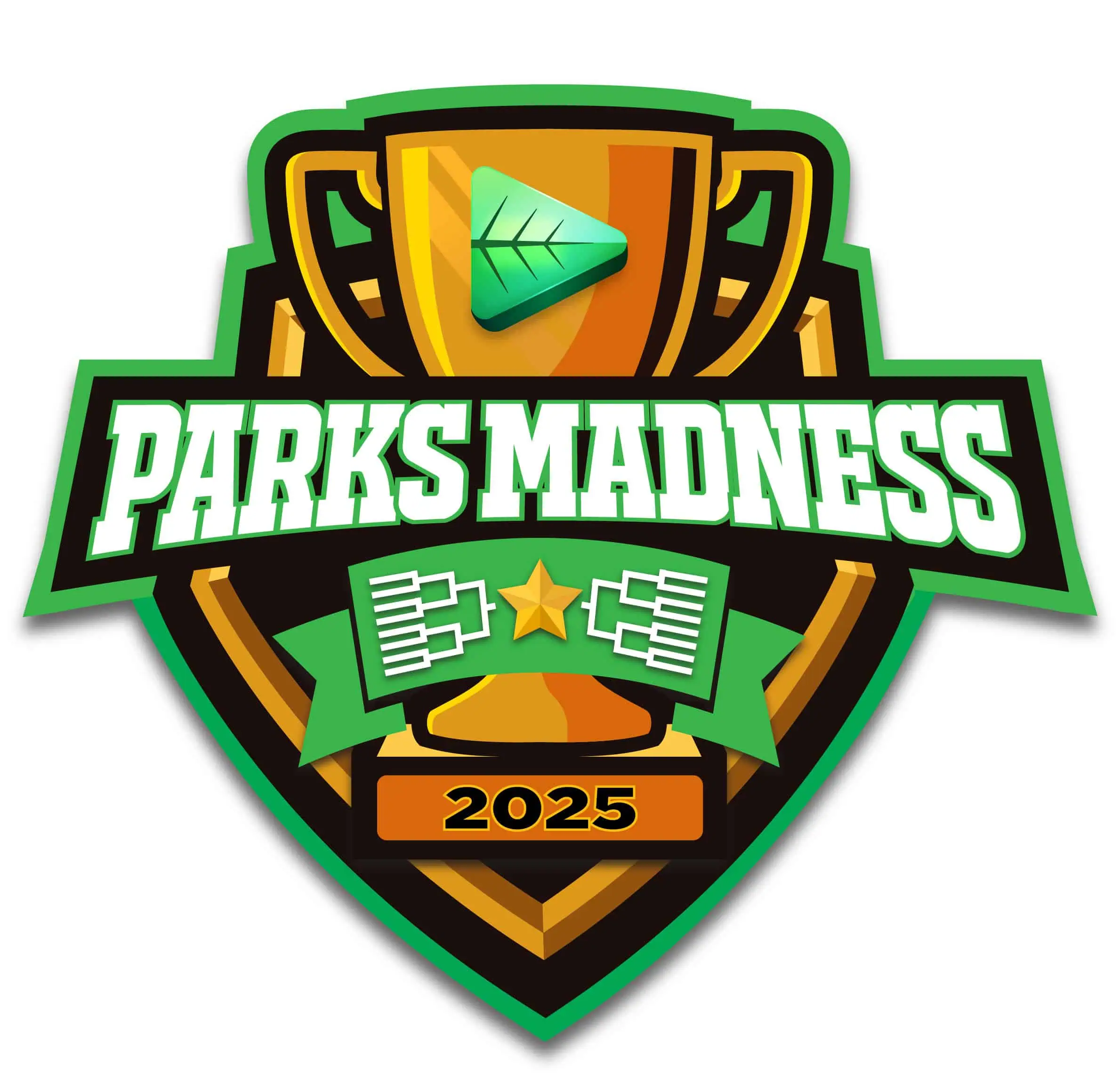Boundary Waters Canoe Area lets you canoe, portage, and camp in the spirit of French Voyageurs from 200 years ago.
The Boundary Waters Canoe Area Wilderness (BWCAW) in northeastern Minnesota, combines pristine lakes, lush forests, and an unmatched sense of solitude. Glaciers carved the area into rugged cliffs, deep canyons, rolling hills, towering rock formations, rocky shores and sandy beaches. Thousands of lakes and streams are scattered with islands and embraced by forests. Stretching over a million acres within the Superior National Forest—and adjacent to Voyageurs National Park—this is a place to truly get away from it all.
Getting There
The Boundary Waters is accessible from the small town of Ely or along the Gunflint Trail near Grand Marais. Ely serves as the primary western gateway to the Boundary Waters Canoe Area Wilderness, while Grand Marais on Minnesota’s North Shore marks the eastern entry point. Both towns are home to numerous outfitters, where you can reserve canoes or kayaks—often best done in advance.
If you need a little guidance on choosing a route, the Friends of the Boundary Waters has created a library with more than fifty maps, routes and descriptions.
Permits and Planning
A permit is required for all trips into the BWCAW. For overnight paddling trips, you’ll need a quota permit, which you can reserve online at Recreation.gov. Permits are in high demand, especially in the summer months, so plan ahead and secure yours early. If you’re making a last-minute decision, you can check for day-use permits, which don’t require reservations. Reservations for all entry points can be made on a first-come, first-served basis beginning Wednesday, January 29th, 2025, at 9:00 a.m. CST.
What to Bring
Packing for the Boundary Waters requires a bit of strategy. Canoes and paddles can be rented from local outfitters, but you’ll want to bring lightweight camping gear, a reliable map (Fisher or McKenzie maps are great options), and plenty of food in bear-proof containers. Don’t forget essentials like a water filter, insect repellent, and a first-aid kit. Since this is a wilderness area, you’ll need to follow Leave No Trace principles to keep the environment pristine for future visitors.
Top Activities
The BWCAW is famous for its network of interconnected lakes and rivers, making canoeing the primary mode of transportation. Paddle through serene waters while keeping an eye out for loons, bald eagles, and even moose. Fishing is another popular activity; the lakes are teeming with walleye, northern pike, and smallmouth bass. If you’re a hiking enthusiast, check out the portage trails and explore the forests on foot.
Camping under the stars is a highlight of any Boundary Waters trip. The night skies here are incredibly dark, providing spectacular stargazing opportunities. If you’re lucky, you might even catch a glimpse of the northern lights dancing across the horizon.
When to Visit
The Boundary Waters is open year-round, but the best time to visit depends on your interests. Summer offers warm weather and prime paddling conditions, but it’s also the busiest season. Fall brings cooler temperatures, fewer bugs, and stunning autumn foliage. Winter transforms the area into a snowy paradise, ideal for cross-country skiing and snowshoeing. Spring is quieter, but you’ll need to prepare for chilly waters and the possibility of lingering ice.
A trip to the Boundary Waters Canoe Area Wilderness is an unforgettable adventure. Whether you’re an experienced paddler or a first-time visitor, this breathtaking wilderness has something to offer everyone. Just remember to plan ahead, respect the land, and soak in the beauty of one of America’s most pristine public lands. Happy paddling!
Top photo by Scott Poska – Friends of the Boundary Waters



